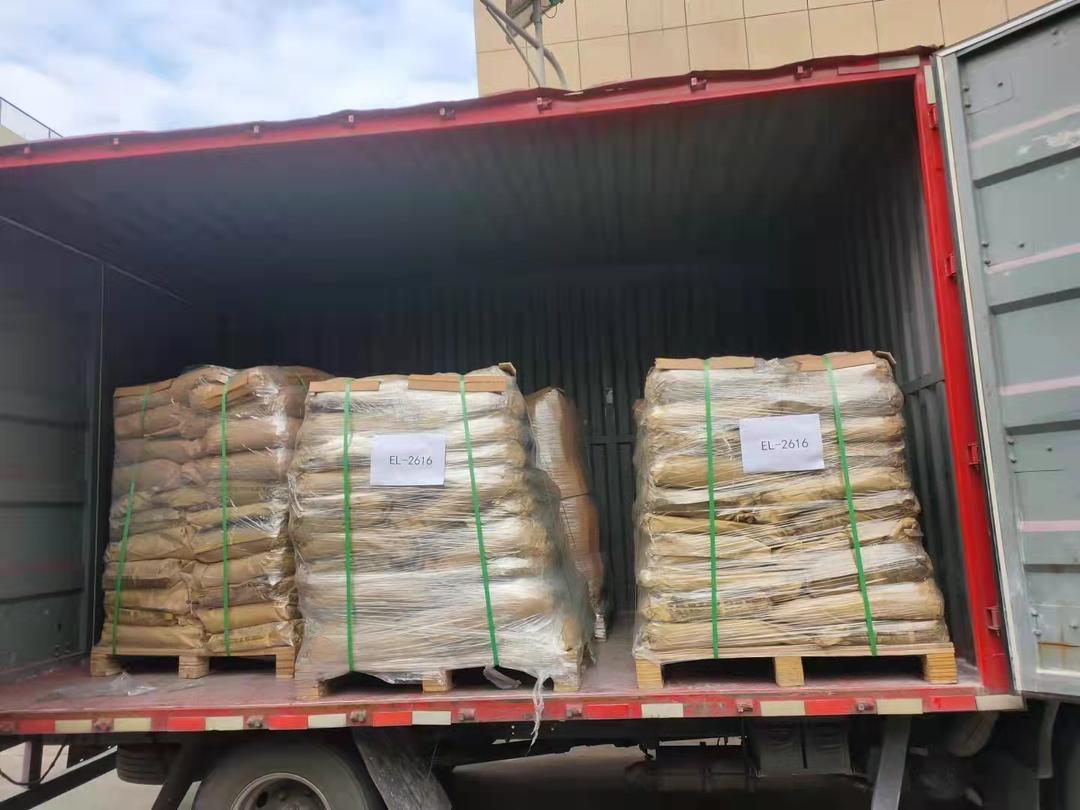To make the high quality brake pads, there’s two important parts: back plate and raw material. Since the raw material (friction block) is the part directly touch with brake disc, it’s type and quality plays an important role in brake performance. In fact, there are hundreds of raw material types in market, and we cannot tell the raw material type according to brake pads appearance. So how do we choose suitable raw materials for production? Let’s first know the rough classification of raw materials:

Raw materials package
The raw materials can be divided into 4 types:
1.Asbestos type: The earliest raw material used on brake pads played a role in improving strength. Due to its low price and certain high-temperature resistance, it is widely used. However, asbestos material has been proved to be a Carcinogen by the medical community and is now prohibited in many countries. Most markets do not allow the sale of brake pads containing asbestos, so it is best to avoid this when purchasing raw materials.
2.Semi-metallic type: From the appearance, it has fine fibers and particles, which can be easily distinguished from asbestos and NAO types. Compared with traditional brake materials, it mainly uses metal materials to increase the strength of brake pads. At the same time, the High temperature resistance and heat dissipation ability are also superior to traditional materials. However, due to the high metal content of the brake pad material, especially in low-temperature environments, it can cause surface wear and noise between the brake disc and brake pad due to excessive braking pressure.
3.Low-metallic type: From the appearance, low metallic brake pads are somewhat similar to semi-metallic brake pads, with fine fibers and particles. The difference is that this type has a lower metal content than semi metal, which solves the problem of brake disc wear and reduces noise. However, the lifespan of brake pads is slightly lower than that of semi metallic brake pads.
4.Ceramic type: The brake pads of this formula use a new type of ceramic material with low density, high temperature resistance, and wear resistance, which has the advantages of no noise, no dust falling, no corrosion of the wheel hub, long service life, and environmental protection. At present, it is prevalent in the markets of North America, Europe, and Japan. Its heat recession is better than that of semi metallic brake pads, and the main thing is that it improves the average service life of brake pads and is pollution-free. This type of brake pad has strong market competitiveness in recent years, but the price would be also higher than other materials.
How to choose the raw materials?
Each raw material type has many different materials, such as resin, friction powder, steel fiber, aramid fiber, vermiculite and so on. These materials will be mixed in fixed proportion and get the final raw material we need. We have already introduced four different raw materials in the previous text, but which raw material should manufacturers choose in production? In fact, manufacturers should have a thorough understanding of the market they want to sell before mass production. We need to know which raw material brake pads are most popular in the local market, what are the local road conditions, and whether they focus more on heat resistance or noise problem. All these factors should take into consideration.

Part of raw materials
As for mature manufacturers, they would continuously develop new formulas, add new advanced materials in formula or change proportion of each material to make brake pads get better performance. Nowadays, the market also appears carbon-ceramic material which has better performance than ceramic type. Manufacturers needs to choose the raw material according to real needs.
Post time: Jun-12-2023
